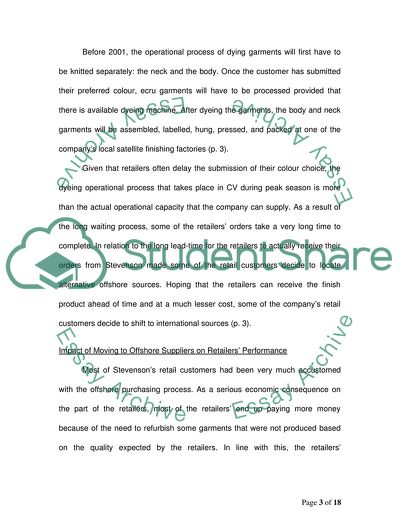Cite this document
(The Link Between Marketing and Production Operations of Any Business Research Paper, n.d.)
The Link Between Marketing and Production Operations of Any Business Research Paper. Retrieved from https://studentshare.org/marketing/1746870-marketing-operations
The Link Between Marketing and Production Operations of Any Business Research Paper. Retrieved from https://studentshare.org/marketing/1746870-marketing-operations
(The Link Between Marketing and Production Operations of Any Business Research Paper)
The Link Between Marketing and Production Operations of Any Business Research Paper. https://studentshare.org/marketing/1746870-marketing-operations.
The Link Between Marketing and Production Operations of Any Business Research Paper. https://studentshare.org/marketing/1746870-marketing-operations.
“The Link Between Marketing and Production Operations of Any Business Research Paper”, n.d. https://studentshare.org/marketing/1746870-marketing-operations.


